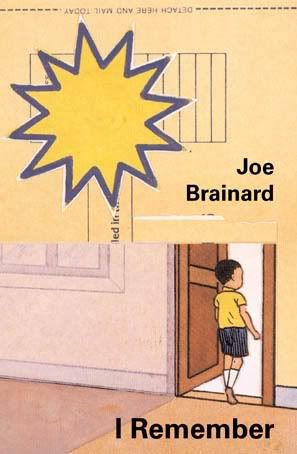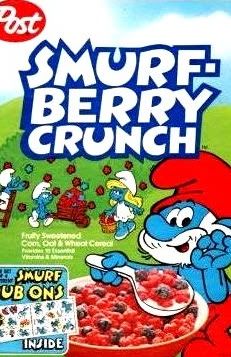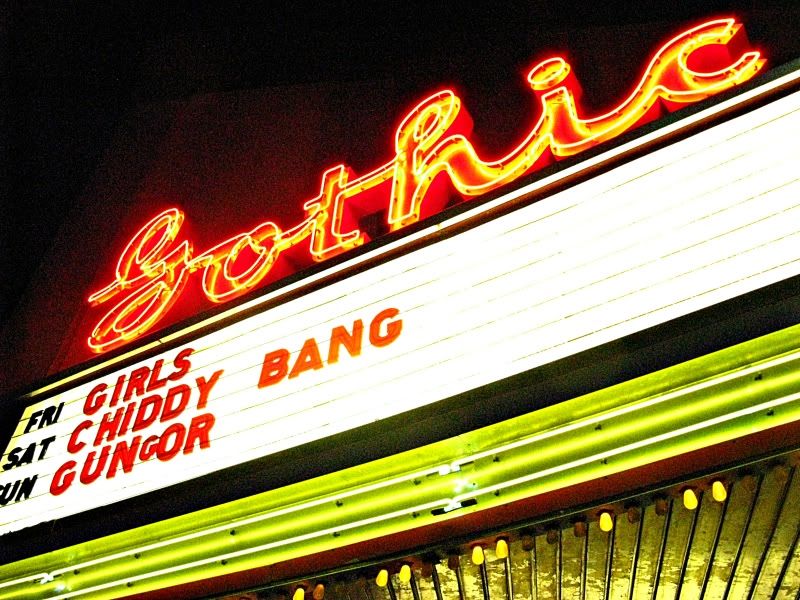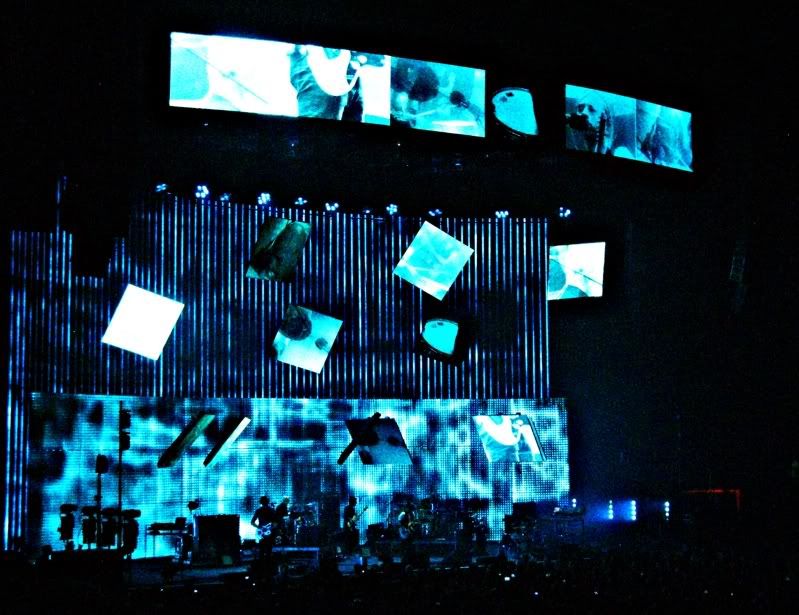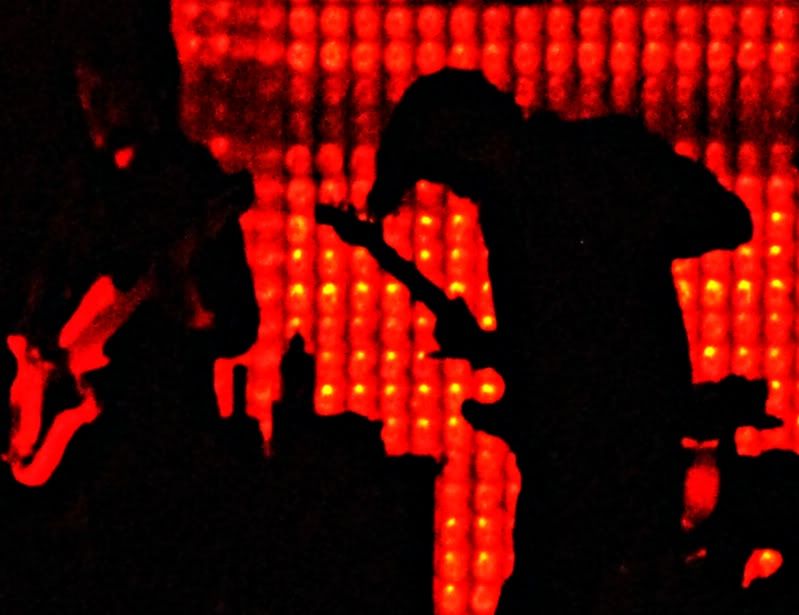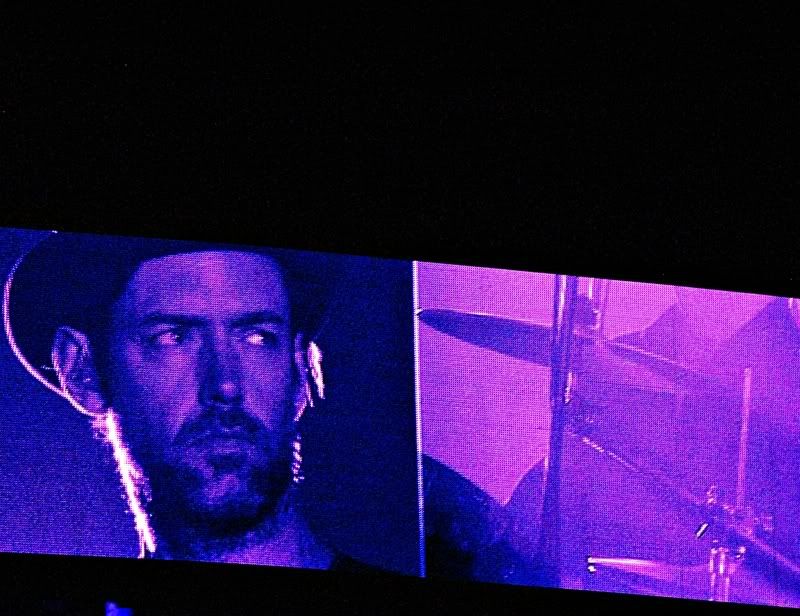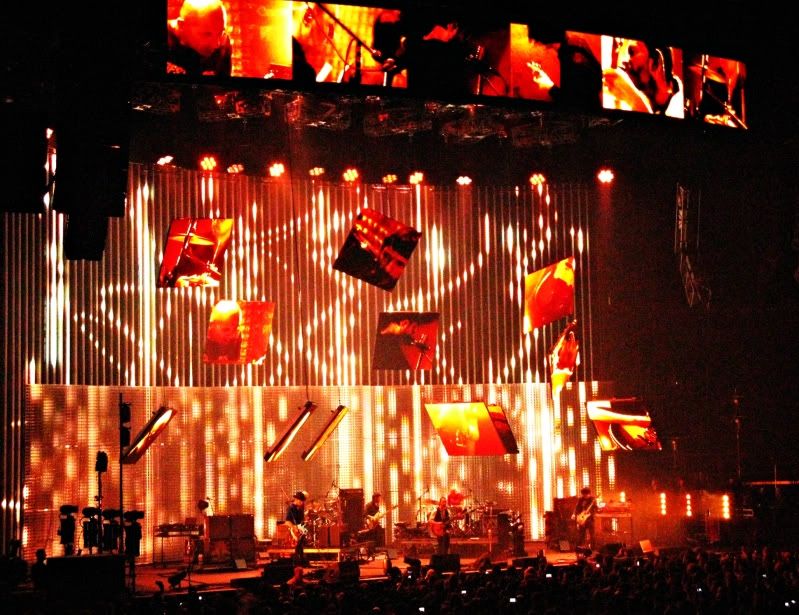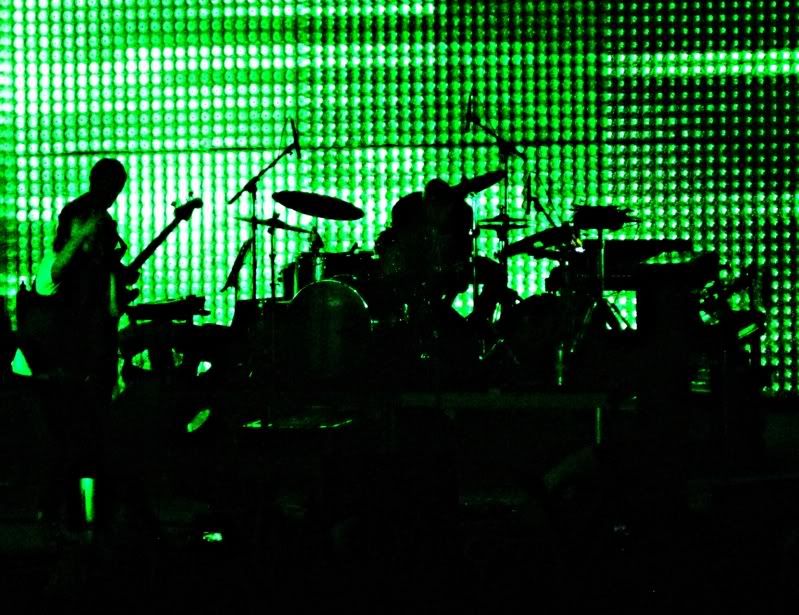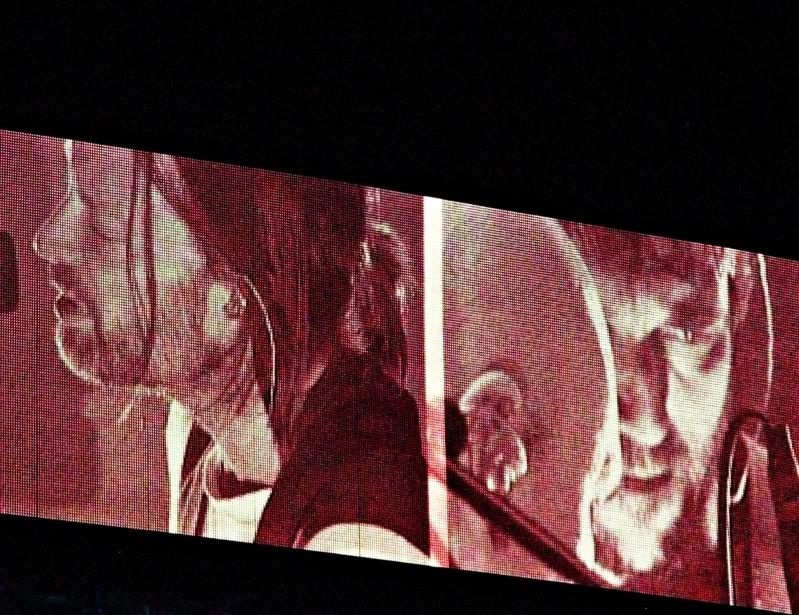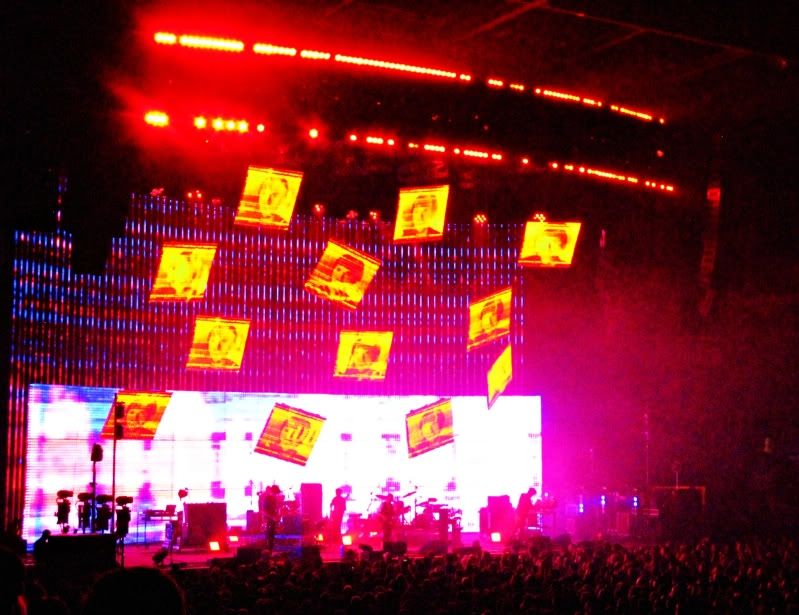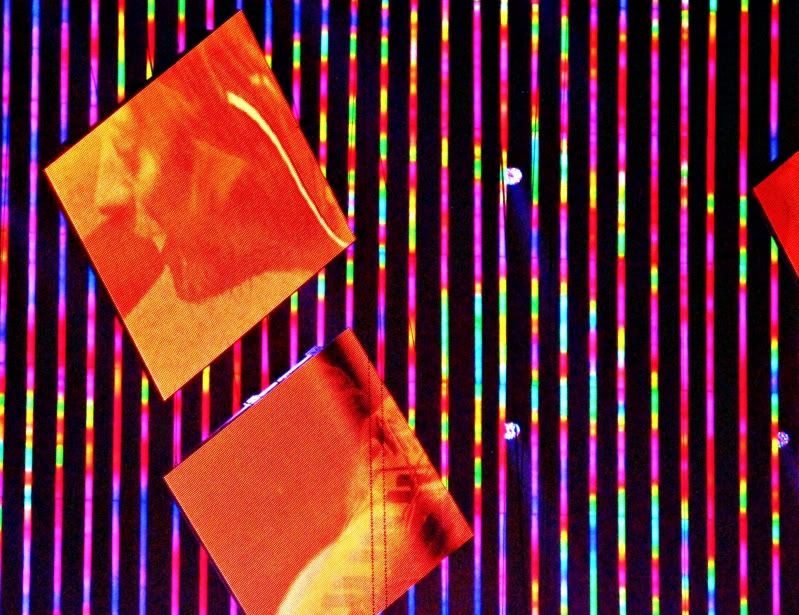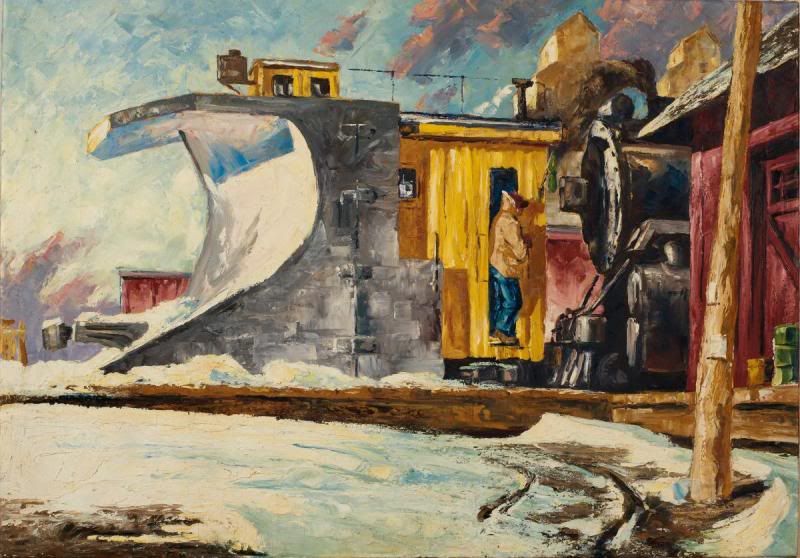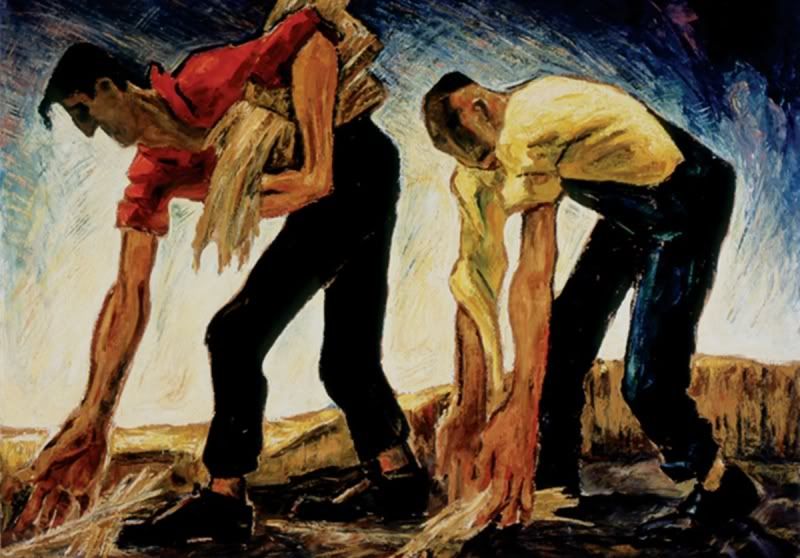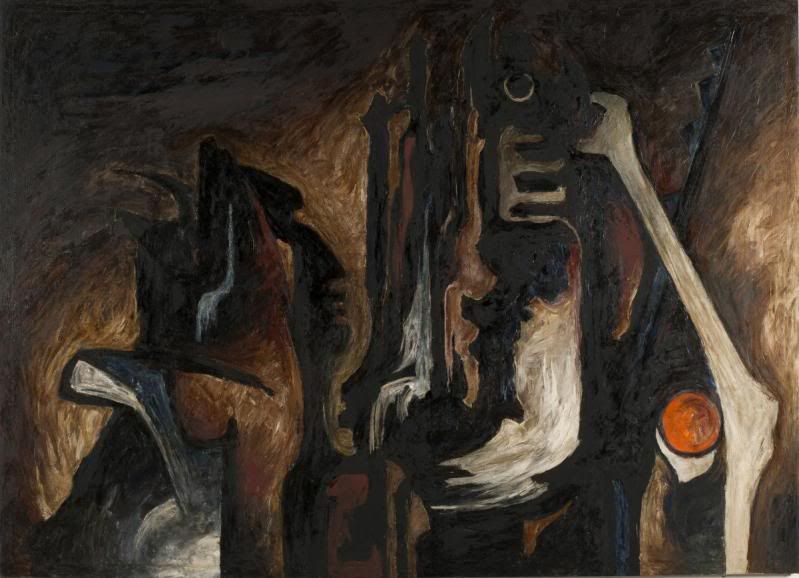Throughout his career, Gus Van Sant has focused on nuanced and provocative protagonists that do not adhere to stock Hollywood characterizations. And although, aesthetically, the majority of his movies do not share his characters's flair for the non-normative, Van Sant wrote and directed four, cinematically daring films beginning with 2002's Gerry and ending with 2007's Paranoid Park.
In Last Days, his 2005 film loosely based on the final days of Kurt Colbain's life, Van Sant combines the minimalism he perfected in Gerry with his exploration of difference and repetition found in Elephant to great effect.
The auteur's minimalism manifests itself in spartan dialogue and long, single-take shots. For instance, outside of some indecipherable mumbling, there is no dialogue until almost six minutes into the movie when Blake (Michael Pitt), the begrudgingly famous rock star, sings some off-key lyrics from “Home on the Range.” Viewers must wait eleven more minutes before they hear another voice, this time a one-sided phone conversation between Blake and his manager. Scenes of Blake wandering around the forested Northwest near his secluded home comprise the remainder of Last Days opening twenty minutes.
 | 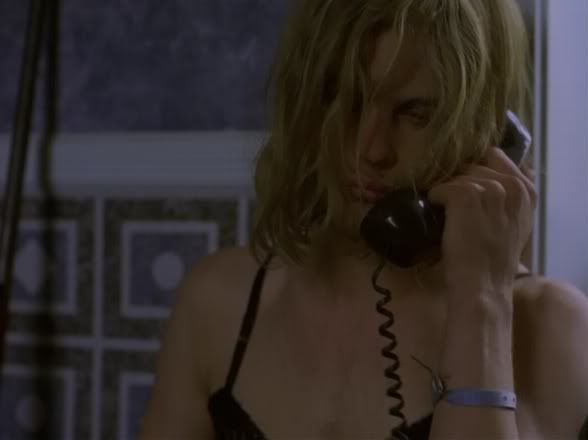 |
In order to offset the lack of dialogue, Van Sant employs background noise to keep viewers interested. Take, for instance, the six minute and twenty-five second mark. Blake stumbles through a marshy clearing in what seems to be an isolated area, but the sound of a train rumbling down rails cuts into the audio track. Moments later, we see a train speed by in the background. We are surprised to discover that this wilderness is not wilderness at all.
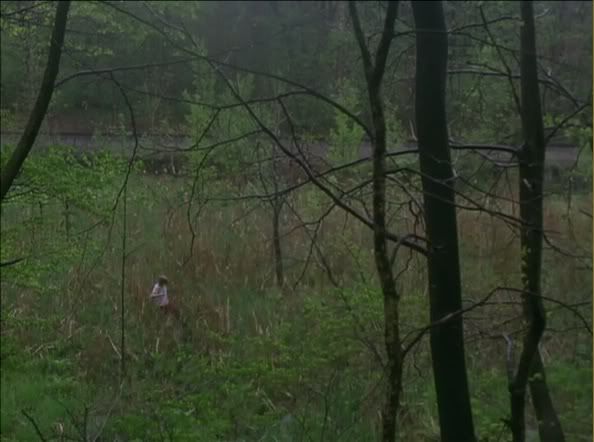 |  |
To this extent, Van Sant instills a particular sonic expectation within the audience; but one minute later, he quickly undercuts that expectation. To explain: Blake walks up a winding dirt road; as he approaches a hairpin turn, a motorcycle engine grows increasingly louder. Because a train suddenly entered the camera's frame in the earlier scene, we expect a similar occurrence, but this time with disastrous results. Yet, as Blake rounds the turn and Van Sant presents us with a clear view of the road, we see nothing but trees and dirt. The motorcycle's engine fades out.
 | 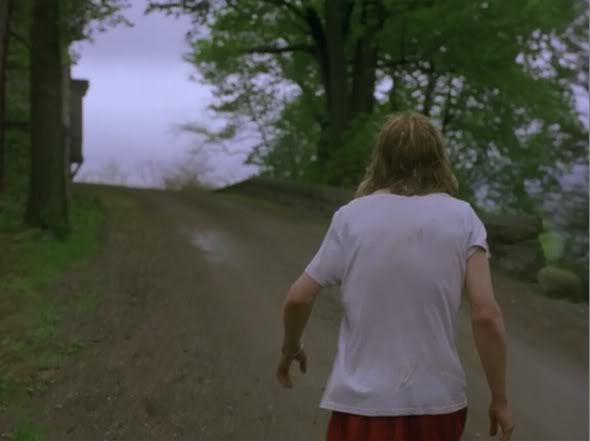 |
The auditory play continues when, once inside his house, Blake dons a hunter's cap, grabs a shotgun, and walks around the upstairs bedrooms with exaggerated, lumbering steps. After each step, Van Sant overdubs the sound of feet wading through shallow water. At first blush, one might think the house has flooded; but, of course, this is not the case. Throughout the rest of the movie, Van Sant engages in similar sonic trickery, incorporating church bells, choirs, random atonal noise, and barely audible chatter in order to produce a layered soundscape that supports (and draws attention away from) extended periods of silence.
Just as Elephant used an innovative narrative structure, jumping back and forth in time to show the same events from different characters's points of view, Last Days functions in a similar fashion. Shortly after the twenty-six minute mark, there is a long shot from behind Asia (a female hanger-on crashing at the house). She opens the door to a room from which Boyz II Men emanates and Blake, who was leaning against it in a heroin-induce daze, falls over. A six minute scene follows where Scott (Asia's boyfriend) speaks with a pair of Mormon missionaries who are going door-to-door spreading their faith. Up to this point, the entire movie follows a strict chronological order. But as soon as the scene ends, Van Sant cuts to Blake wobbling about the room we last saw him in. It is only as the scene progress and he leans up against the door that we realize this all has happened before. Once that moment of recognition occurs, the door opens behind him and we see Asia's legs in the background.
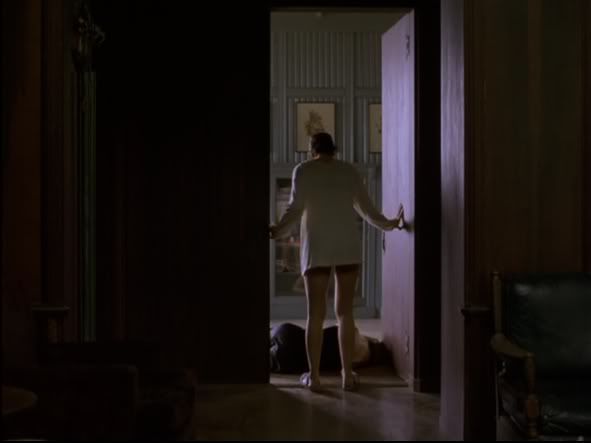 | 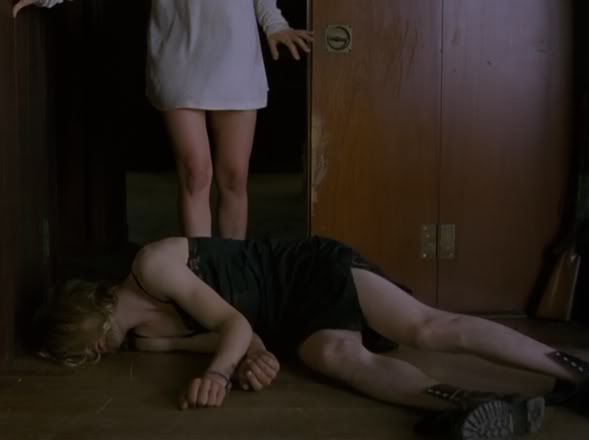 |
The same scene from two different characters and cameras. The next multi-perspective pairing does not occur until the forty-five minute and one hour and three minute marks, respectively. Donovan, an acquaintance of Blake, comes to the house with a private investigator (played by Ricky Jay) at the behest of Blake's wife. While both scenes contain the same beginning (Donovan walking up a set of stairs), one permutation follows Blake and the other follows Donovan and the detective.
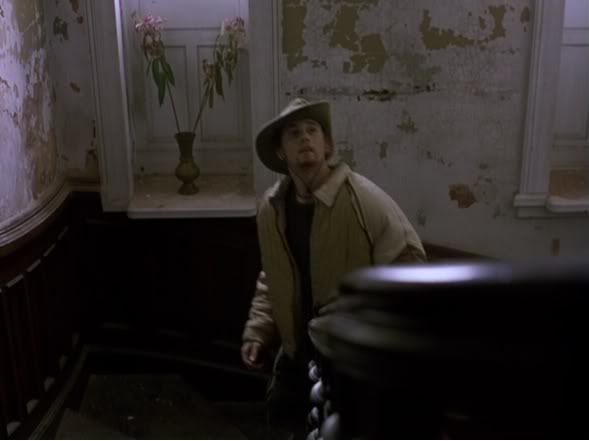 | 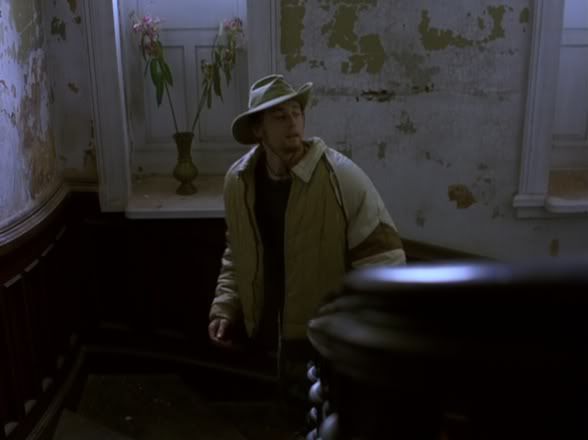 |
Afterward, the final thirty minutes of the movie contain matching scenes from different perspectives at an increasingly frequent rate. This technique clutters the narrative making it more difficult to follow, as well as creating a claustrophobic atmosphere from which there is no escape. In such a manner, the repetitive, non-linear narrative structure highlights the confusion and hopelessness Blake experiences.
Minimalism, sonic playfulness, and unique narrative techniques are not the only innovative practices Van Sant undertakes in Last Days (for example, at the ten minute and thirty second mark, Van Sant shoots a scene in which there are three competing focal points), but they certainly are the most noticeable. To conclude, it would be appropriate to show two of the better single-take shots from the film, both of which are several minutes in length. In the first scene, Van Sant mounts a camera to the hood of a car and films Ricky Jay's detective regaling Donovan with the tale of magicians Billy Robinson and Ching Ling Foo: the movie's most extensive dialogue. All the while, the reflection of overhead trees in the front windshield obscures both men's faces offering an ever moving impressionistic tableaux (0:46 - 3:15):
Finally, the four and a half minute film-version of the Last Days original song “That Day”:

